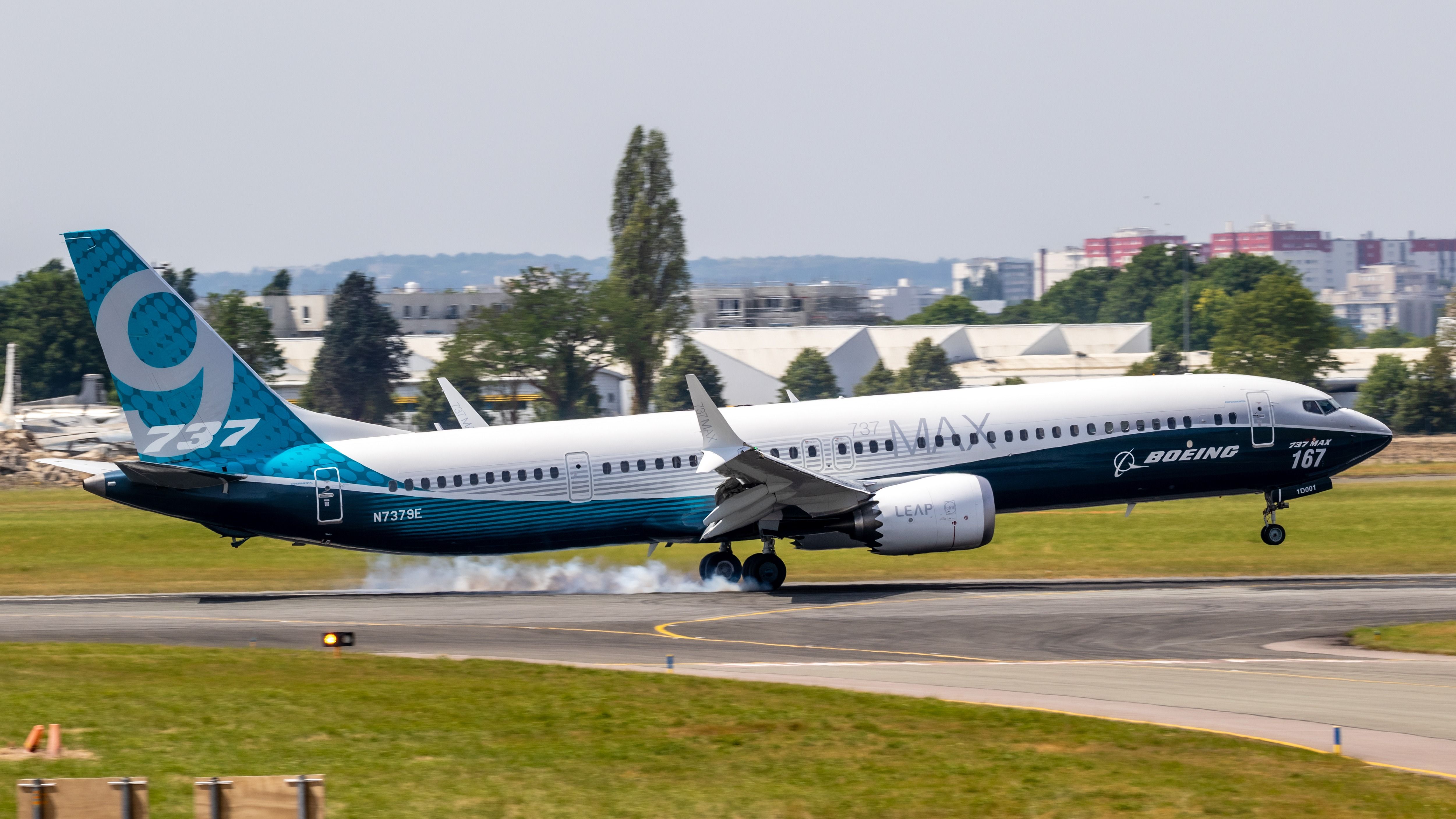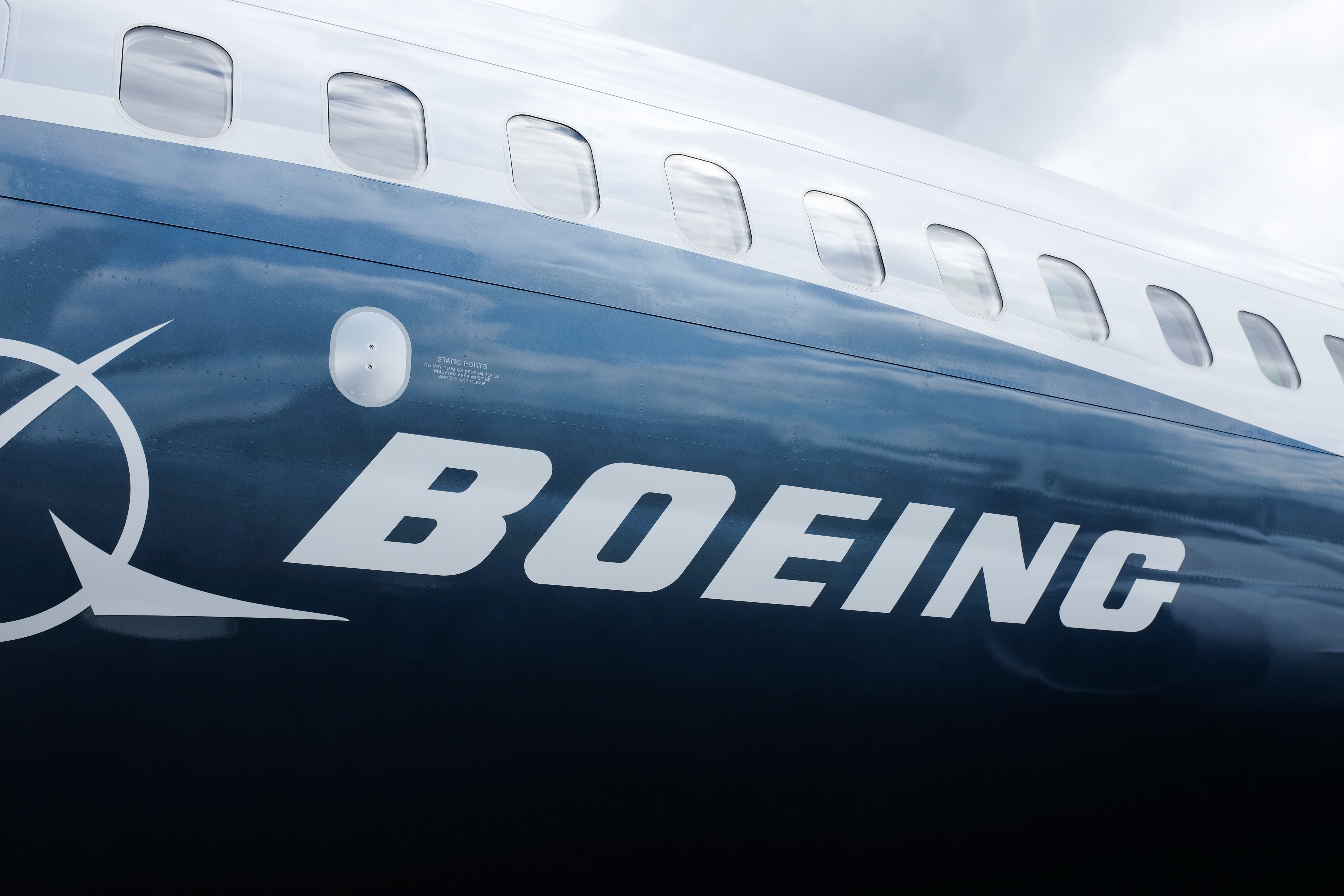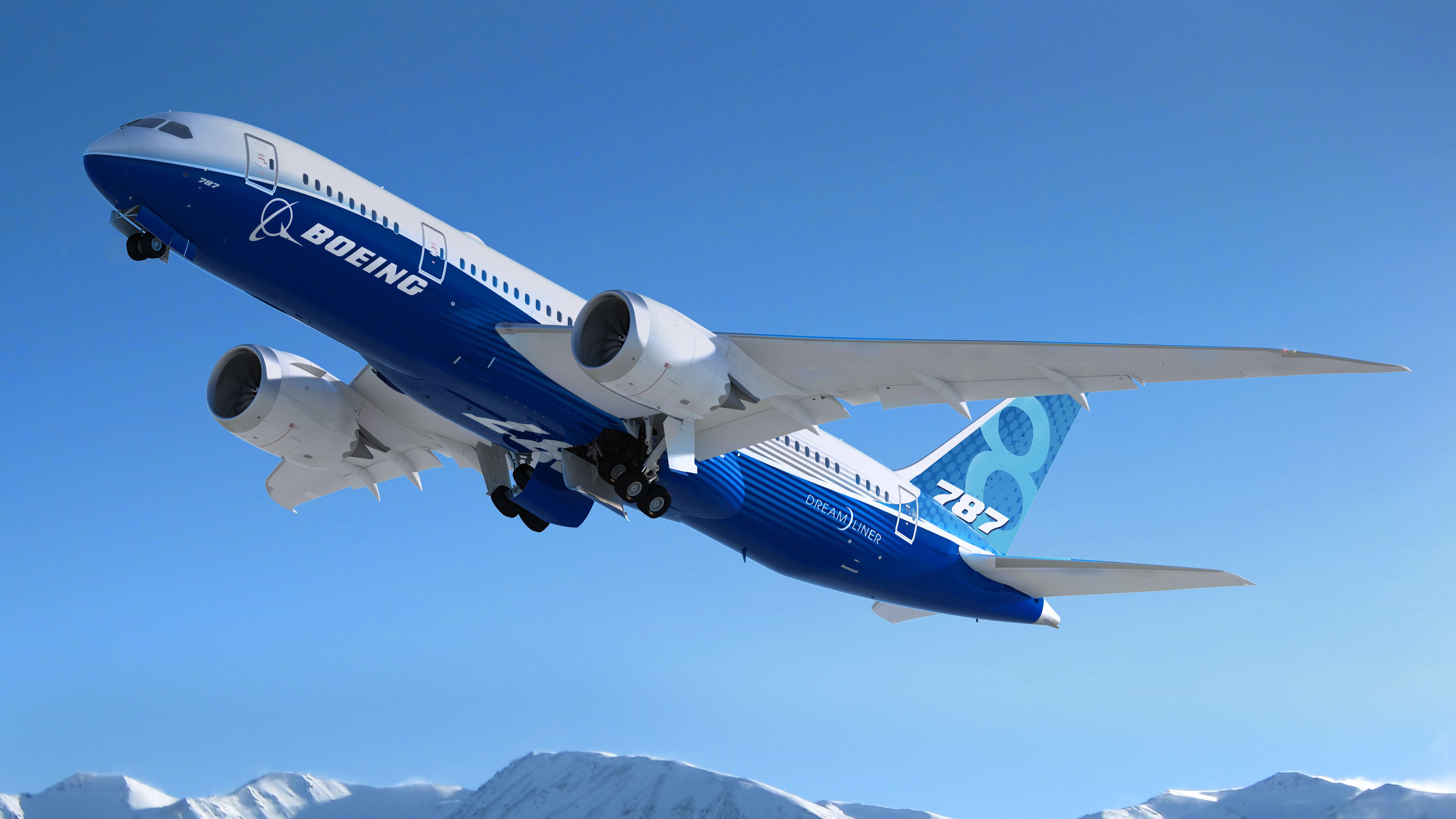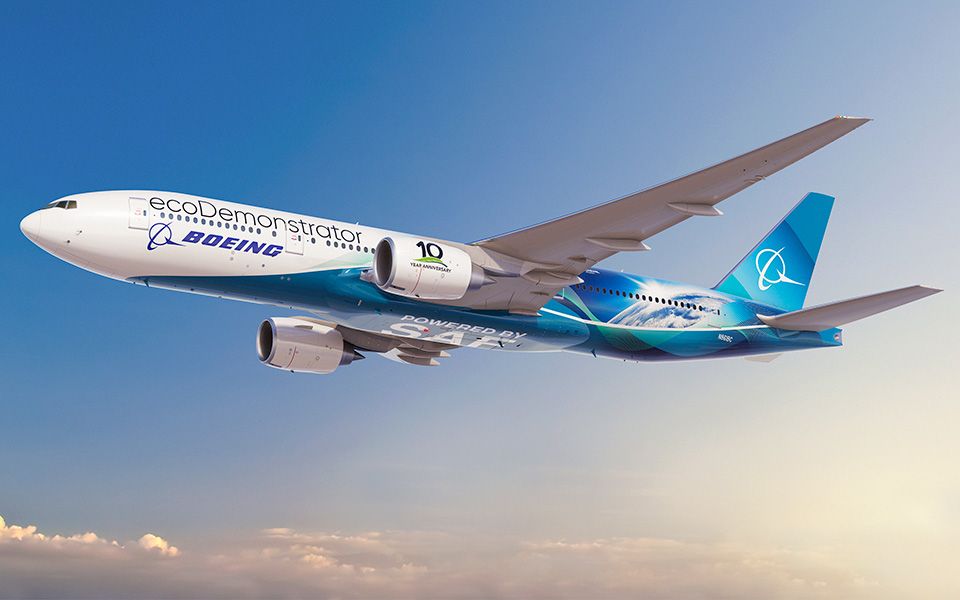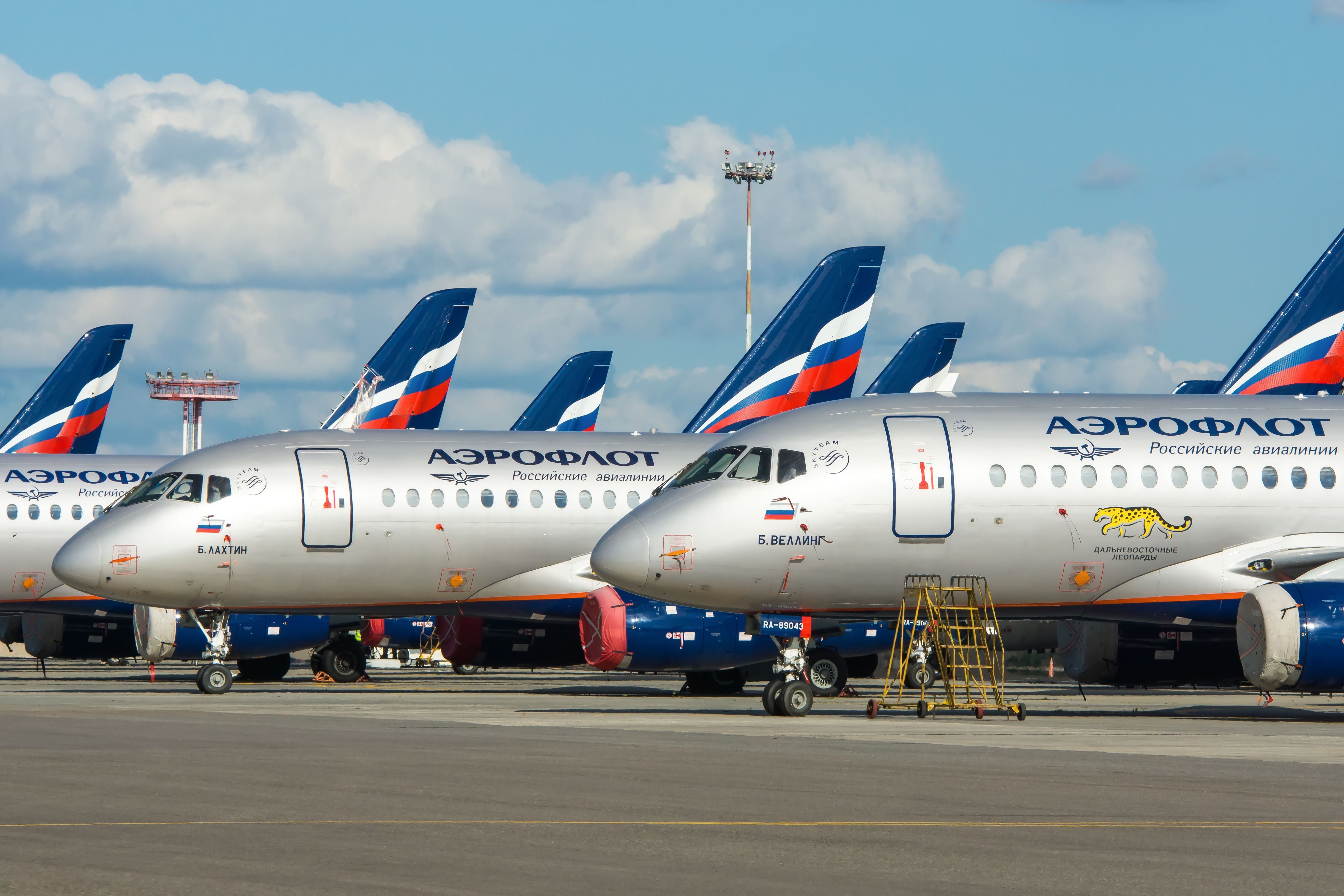Summary
- FAA prohibits Boeing from increasing 737 MAX production until quality issues addressed.
- Boeing’s manufacturing crisis impacts airline companies, leading to lower deliveries.
- Airbus benefits from Boeing’s crisis, delivering twice as many commercial aircraft in March 2024.
It is no secret that Boeing is being hit by a series of massive scandals related to cutting corners in producing its Boeing 737 MAX family of aircraft. The FAA has stated that Boeing can not increase 737 MAX production until quality issues are addressed. Boeing is now reporting a 36% decline in quarterly aircraft deliveries.
As the airliner industry is dominated by a duopoly of two manufacturers (Boeing and Airbus), disruptions in either of these companies have massive effects on the wider industry. Low deliveries from Boeing are having adverse ripple-on effects with the airline companies.
Boeing’s crisis is costing airlines
Boeing’s first quarter reports show the giant is taking a loss, noting that financial results reflect lower 737 deliveries and 737-9 groundings. The report states that Boeing’s backlog has grown to $529 billion, including over 5,600 commercial airplanes. Boeing’s report also states it is “..undertaking comprehensive actions in our commercial business to strengthen quality and safety.” It is worth noting that Boeing is also a major US defense contractor, and so does not entirely rely on the civilian airline market.
Photo: VanderWolf Images | Shutterstock
This fall off in Boeing’s production is harming its customers. It has recently been reported that United Airlines is now choosing to reduce risk by deferring some Boeing 737 MAX 9 deliveries due to a safety audit by the FAA. Southwest Airlines is now expecting to receive only 20 Boeing 737 MAX in 2024 instead of 46 because of Boeing’s crisis. The German flag carrier, Lufthansa, has stated its Beoing 777-9 deliveries are not likely until 2026. The list of affected airlines is likely much greater.
An outside observer may have thought that the twin disastrous Boeing 737 MAX crashes five years ago would have spurred Boeing to make drastic and thorough changes, cutting down on shortcuts and ramping up safety measures and quality control. Then came the Alaska Airlines door blowout in early 2024. Forbes reports “Boeing’s current safety issues and production limitations could “persist for years…”
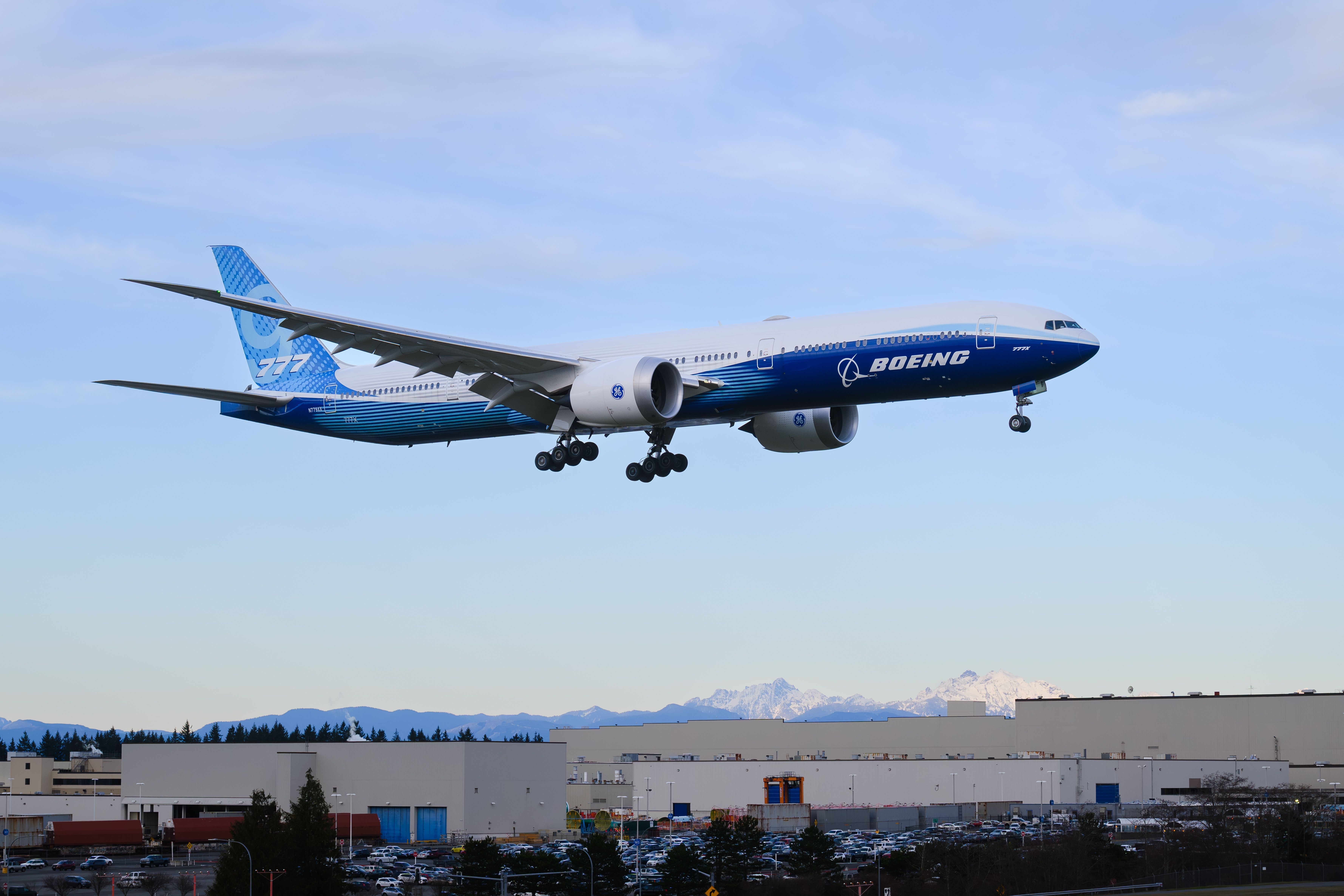
Related
Lufthansa CEO Says Boeing 777-9 Deliveries Not Likely In 2025
Boeing has tried to reassure the carrier they will have the new aircraft by the summer of 2025.
Photo: Trevor Mogg | Shutterstock
Ripple effects: possible higher airfares
Forbes notes that while the airline industry has generally recovered from the impacts of the COVID-19 pandemic. Boeing’s crises and production limitations are likely to hamper the growth of the airline industry. It reports that the IATA had forecasted a 9% growth in airline capacity for 2024. But that prediction had been made on the assumption that the airlines could acquire the new aircraft they need.
In this world, so many things are interconnected. If the airlines can’t get the aircraft they need, then they will struggle to scale up capacity. Restrained capacity could result in higher airfares for passengers. The bottom line is that today’s disruptions will have implications for years to come when it comes to long-lead and expensive aircraft.
Aviation Week reports that nearly flawless fuselages and a sufficient supply of heat exchangers have emerged as the two key pacing items that will determine how many 737s and 787s Boeing can produce each month.
Photo: Boeing
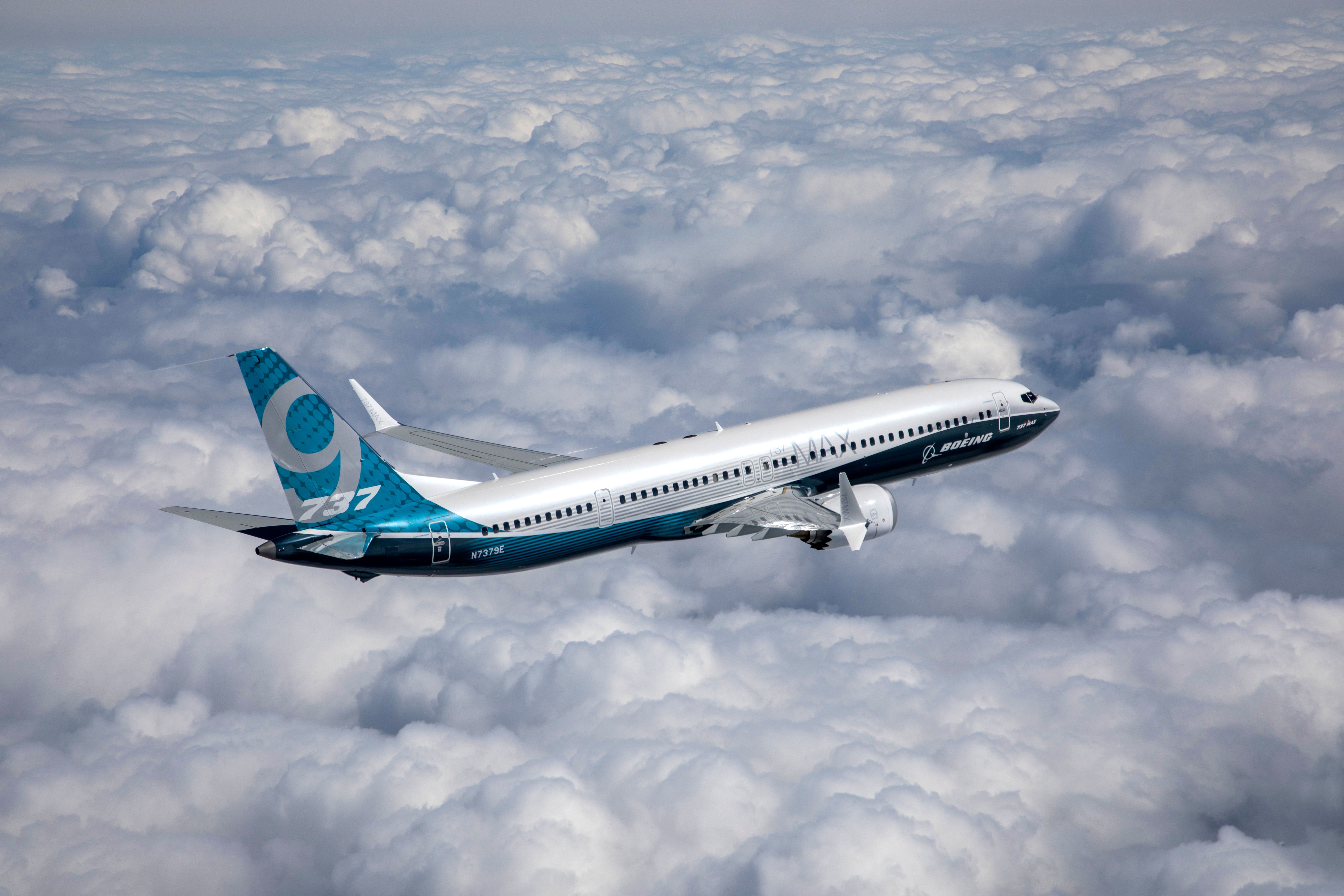
Related
Boeing CFO Says 737 MAX Production Should Stabilize At 38 Per Month
The planemaker remains under audit and needs FAA permission to go above 38.
Boeing’s loss, Airbus’ gain
As the old adage goes, “One man’s loss is another man’s gain.” One company that has been (predictably) benefiting from Boeing’s crisis is its arch-European rival, Airbus. Airbus delivered twice as many commercial aircraft as Boeing in March 2024 (142 to Boeing’s 83). Crucially, Airbus is doing well regarding orders – as orders today are tomorrow’s deliveries (or more accurately, years from now). Airbus has been recently taking orders from airlines traditionally loyal to Boeing.
Photo: Boeing
Even so, Air Insight Group notes that Airbus’ deliveries so far for 2024 are low compared to other years. Air Insight points out that this fact is being much less discussed than Boeing’s understandable low output. According to data from Air Insight, Airbus has delivered 56% of the aircraft, Boeing 29%, Embraer 5%, and ATR 3%.
According to information from the Center for Aviation, before 2019, Boeing and Airbus were more or less neck and neck in airliner deliveries (with Boeing edging out Airbus between 2012 and 2018). However, Airbus has been making significantly more deliveries since 2019, when Boeing’s MAX-8 delivery program was interrupted. Airbus’ installed fleet has been larger than Boeing’s since 2020, and Boeing now faces a 13-year backlog (although Airbus isn’t much better at 11.7 years).
In another world, Boeing’s crisis could have benefited Russia’s domestic airline industry—in particular, its Sukhoi 100 Superjet and Yakovlev MC-21. At least these could have been considered by some airlines who might be willing to see Russian aircraft as a Western alternative. Having to wait half a generation to receive aircraft could be enough to make airlines go shopping elsewhere.
Photo: Media_works | Shutterstock
But whatever crisis Boeing is going through now, it is much much much worse for Russia. Russia’s domestic airline production has been at a complete standstill since the imposition of sanctions following its Full-Scale Invasion of Ukraine. Currently, Russia’s airlines are cut off from the international airliner market. At the same time domestic production has shuttered to a halt as the Russian aviation industry tries to substitute domestic parts with sanctioned international parts.



